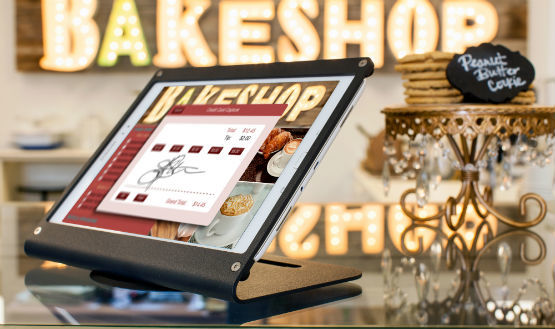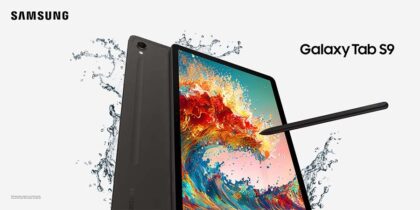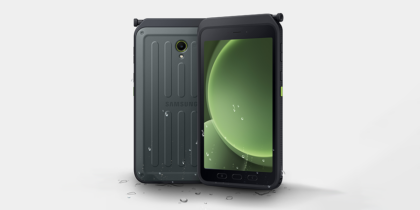For many business owners, point-of-sale (POS) has also become a point of contention. Why? It should be getting simpler and easier.
Despite the shift to tablets and the increase in available point-of-sale applications, which have simplified most aspects of the process, many merchants often end up dissatisfied with their POS system. This dissatisfaction can typically be traced back to five common mistakes business owners make when it comes to building their checkout system.
How do you avoid these pitfalls and ensure you end up with a point-of-sale system that will meet your needs for years to come?
-
Do your research. There’s no shortage of special offers available and salespeople who are trying to convince you to use a particular software or application. Most merchants who end up dissatisfied with their point-of-sale system are those who dealt with an assertive salesperson who was trying to push a square peg through a round hole. Today, however, the marketplace for small business POS systems is so diversified there is likely one out there specific to your type of business or industry. For instance, there are applications out there specifically for restaurants, salons and spas, and even specific regions of the globe. Research the options for yourself. A simple online search will yield a bevvy of results. Request demos and take your top choices for a test drive to make sure it has all the features you want and need. You might also ask others in your industry which systems they like or dislike and why.
-
Seek flexibility. Some POS software vendors require you to use proprietary hardware, which can pigeonhole you down the road. While initially this bundling of hardware and software appears to be a convenient, all-in-one, time-saving purchase, it can become extremely costly to leave should you be dissatisfied with any aspect of that solution — and the vendor knows it. Instead, look for flexibility in your point-of-sale vendor. Their solution should have matured to a point where they support multiple tablet operating systems, allowing you to pick the tablet you prefer, as well as the stand that secures it. This allows you to easily shift to another software without having to throw out the hardware or switch to a different tablet.
-
Simplify your system. Don’t get lost in an endless list of features. Finding one that does everything under the sun may be appealing, but these often come with a hefty price tag. Most of those features end up like that super combination blender/juicer/coffee maker that’s collecting dust in your kitchen cupboard. Some of the best point-of-sale apps out there are incredibly simple, but support easy integration with other solutions such as cloud-based accounting systems. This approach allows you to mix-and-match your total solution with a number of simple systems that you prefer. Using simple applications developed by those who specialize in that area is almost always the best route to go. Just as you wouldn’t rely on your accountant to also specialize in marketing, don’t count on a jack-of-all-trades software to solve all your business needs.
-
Look for support and expertise. This goes for the software and hardware selection. Always ask if the company will offer support after you sign up. Can you build a direct relationship with someone at the company? Does this company have a good understanding of the industry as a whole or more specifically, your industry? The more deeply they understand your business, the better the support they can offer. This goes a long way.
-
Customize it to your brand. Today, you can curate everything in your store right down to the custom-made furniture and wall coverings. Now you can do the same for your POS terminal. You can build every element of it from your tablet to the color scheme, cash drawer and receipt printer. Don’t let a salesperson choose for you. Build a system that fits with your brand and helps add to the customer experience.
Bottom line, don’t be pressured by salesperson pushing their solution. There are enough options out there now to be choosy. Do your research and be aware of what’s coming down the pike with the latest technology and important industry changes, such as the migration to EMV and introduction of mobile payments technologies like Samsung Pay.







